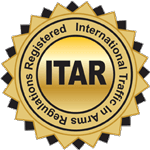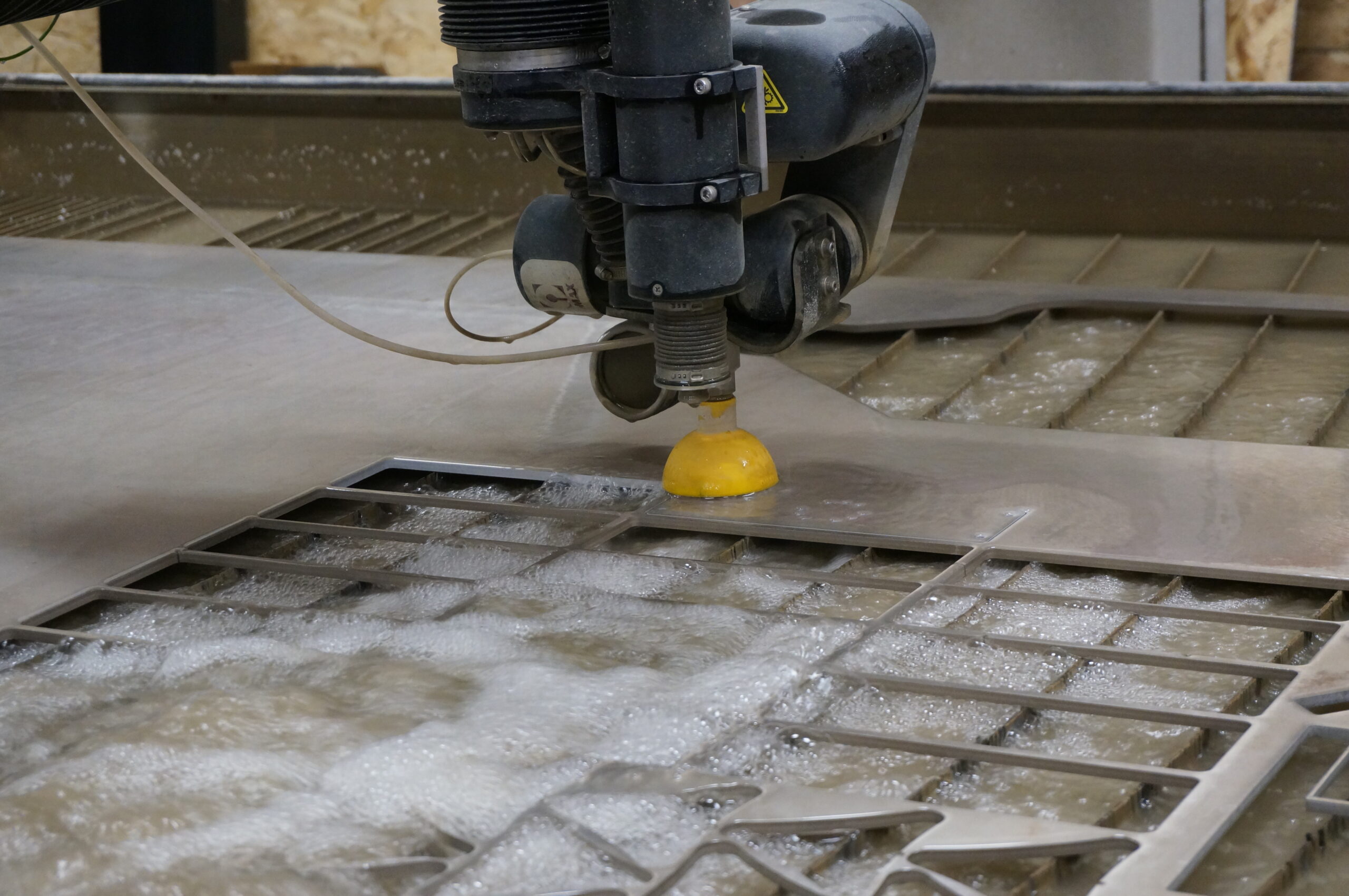Welcome to the second part of our series on advanced machining techniques for high-volume production. In this installment, we’ll expand on our previous discussion about precision grinding and 5-axis CNC machining to explore new methods transforming industries like automotive, aerospace, and medical manufacturing. These techniques enhance speed, accuracy, and efficiency while ensuring the strict tolerances needed for quality and innovation in large-scale production. Join us as we continue to examine the importance of precision and the technological advancements driving industry progress.
In the ever-changing world of manufacturing, advanced machining techniques are essential for increasing precision and efficiency. From laser cutting to rotary transfer machinery, these methods are revolutionizing the production of complex components in fashion, electronics, automotive, and aerospace industries. This blog post explores these cutting-edge techniques, showing how they improve accuracy, reduce waste, and streamline production.
Mastering Precision: A Look into Advanced Machining Techniques for Complex Creations
Electrical Discharge Machining (EDM)
Electrical discharge machining (EDM) shapes workpieces through controlled electrical sparking. This advanced machining technique is also known as die sinking, spark eroding, spark machining, or wire burning. The process involves placing a workpiece beneath an electrode wire on an EDM machine, where electrical discharges from the wire concentrate heat. This heat produces the desired shape or feature by melting small portions of the material, which electrolytic fluid then flushes away. EDM is ideal for use with harder materials that are difficult to machine, enabling the creation of angled or tapered structures, minute holes, precision slots, and other complex features.
Waterjet Cutting
Instead of plasma, waterjet cutting slices through materials with a pressurized jet of water, often mixed with ceramics, glass, metal, stone, or other abrasive material. Advanced machining techniques like waterjet cutting are known as cold processes, as they’re ideal for temperature-sensitive materials, preventing hardening of the material and thermal distortion. Able to produce intricate shapes like bevels, corners, and pierced holes, waterjets also create clean edges, form complex geometries, and result in minimal waste without compromising structural integrity. Waterjet cutting works well for robust or more delicate workpieces, making it useful for the automotive, architecture, and aerospace industries.
Laser Cutting
This thermal process uses a laser beam rather than a physical one to perform advanced machining. Techniques that implement lasers allow machinists to create parts with complex geometries that other methods cannot produce. This process also enables trimming a workpiece until the edges are smooth and clean, focusing the laser to burn, melt, or vaporize the material. Laser cutting can accurately engrave or cut materials like fabrics, metals, alloys, plastic, and wood. Highly efficient, laser cutting helps create finer details on workpieces, which makes it particularly useful for the fashion, electronics, automotive, and aerospace sectors. Since it’s a process that doesn’t require direct physical contact, it reduces material distortion, making this method perfect for prototyping and mass production with various materials.
Rotary Transfer Machining
For the mass production of precision parts, rotary transfer machining entails mounting a workpiece on a rotating table, which then moves around to various stations. Each machining station performs a specific task, such as tapping, milling, or drilling. Workpieces can even be machined simultaneously to decrease production time, with the machine performing processes on different workpiece areas simultaneously. Though setup can be pretty complicated, once the rotary transfer machine is programmed, it’s among the advanced machining techniques most well-suited for mass production. Made to reduce handling and minimize downtime caused by setups, these machines allow multiple actions during each cycle. The high accuracy and repeatability of the process make it ideal for producing components with tight tolerances for the plumbing, automotive, and aerospace industries.
How Advanced Machining Techniques Drive Precision and Innovation
As we wrap up our look at advanced machining techniques, it’s evident that these innovations are transforming industries by boosting precision, efficiency, and creativity. Technologies like EDM, 5-axis CNC machining, and waterjet and laser cutting make manufacturing processes more complex and refined. By adopting these advancements, manufacturers can meet modern production demands and expand what’s possible in fields like automotive and aerospace. The future of machining is promising, and the journey toward better precision and innovation continues.
Staub Precision Machine Inc. has been at the forefront of using advanced machining techniques to produce precision parts with complex geometries. To learn more about our capabilities, contact our skilled technical personnel today.



